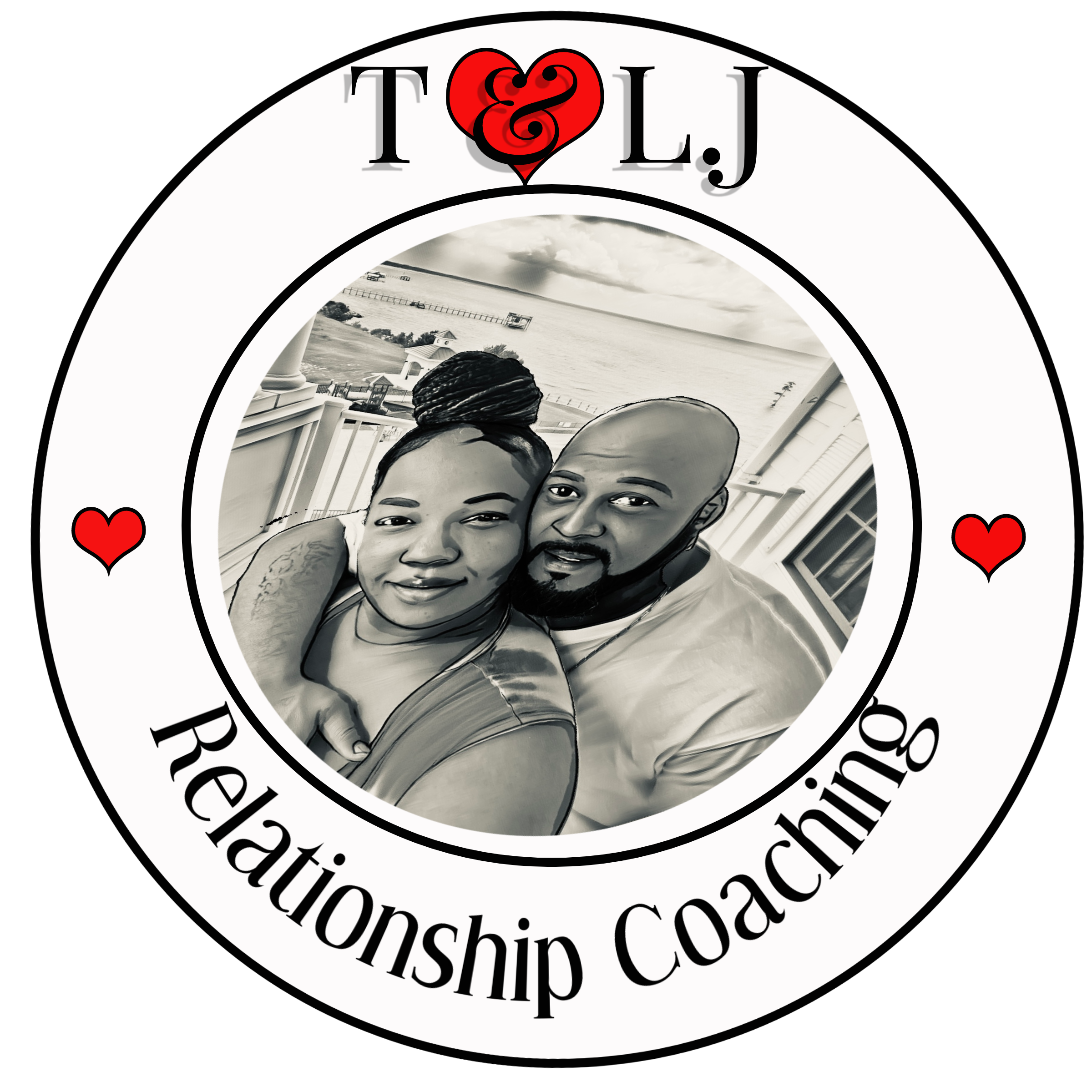Understanding Your Communication Style
Self-Reflection on Tone
Hey there! So, let’s dive into something that I think is super essential: recognizing how we communicate. When I first began to understand my own tone, I was shocked at how my words could sound harsh without me even realizing it. Reflecting on your own style is the first step in softening your words.
Take a moment to think about words you often use in day-to-day conversations or presentations. Which parts of your speech sound a bit too blunt or even aggressive? Making this mental inventory can help you become more mindful of how your words can affect others.
Once you’ve identified your tone, you can start to adjust it. I know it’s not easy at first, but trust me; being conscious of your communication is like unlocking a new level in a game. You get to interact more positively with people around you!
Choosing Your Words Wisely
Using Gentle Language
This is where the magic happens; language can change everything! Over the years, I learned that selecting the right words is key. Instead of saying “You must” or “You need to,” try saying “I would appreciate it if…” or “Have you considered…?” It’s surprising how a few tiny changes can make your messages much softer and more approachable.
Practicing this can feel a bit awkward at first, but it quickly becomes second nature. I remember when I switched “You are wrong” to “I see your point, but…”—the reaction was night and day. People are more willing to engage when your words come off as inviting rather than confrontational.
Moreover, using positive language can create a ripple effect. When we soften our words, it encourages others to respond in kind. It transforms conversations and builds better relationships, both in personal and professional settings.
Mastering Your Delivery
Body Language and Tone of Voice
Never underestimate the power of non-verbal cues! I found that delivering my softened words with an open posture and warmth really enhances what I’m saying. If I’m saying something gentle while crossing my arms, it sends mixed messages. So, let’s work on that body language—shoulders back and soft smile all the way!
Your tone of voice is equally vital. I’ve learned that a calm and soothing voice can work wonders. Find a rhythm in your speech that feels approachable and engage your listener. You know, it’s all about creating that connection without yelling or sounding overly authoritative.
Practicing in front of a mirror or even recording yourself can lead to significant improvements. It’s like rehearsing for a big show—seeing and hearing yourself can help you gauge the nuances that might need adjusting.
Building Empathy in Communication
Putting Yourself in Others’ Shoes
One of the best lessons I’ve learned in communication is empathy. Before responding to someone, I try to think about how they feel. This makes it easier to soften my approach. If a colleague is frustrated, recognizing that feeling allows me to respond more compassionately.

Instead of jumping straight to a solution, I often like to ask, “How can I help?” or “What do you need right now?” This simple shift not only softens my words but shows that I genuinely care. People are more inclined to listen when they feel valued.
Empathy is a powerful tool; when you practice it, you not only soften your words but also strengthen connections with others. Remember, I’ve seen firsthand how compassion builds bridges even in the toughest conversations.
Your Voice Matters
Finding Your Unique Style
When it comes down to it, it’s essential to remember that while you’re softening your words, you don’t have to lose your unique voice. I call it the “sweet spot” – it’s where kindness meets authenticity. Don’t erase your personality; just dress it up with warmth!
Think about times when you felt you had to sacrifice your voice to be perceived as kinder. I’ve been there, and it’s not fun. You can soften your speech while still being you—you just have to find that balance. Personal anecdotes or a dash of humor can lighten the mood!
Your voice is a gift; it’s about using it wisely. By finding ways to express your thoughts softly, you’re not only reflecting respect for others but also enhancing your communication. Embrace who you are while being compassionate!
Frequently Asked Questions
1. Why is it important to soften my words?
Softening your words helps create more positive interactions and enhances relationships. It encourages open dialogue rather than confrontation, making conversations more productive.
2. How do I start recognizing my communication style?
A great first step is to reflect on your recent conversations. Take a moment to analyze your tone and the reactions you received. Consider seeking feedback from trusted friends or colleagues.
3. Can I still express disagreement while softening my words?
Absolutely! Softening your words doesn’t mean you can’t disagree. It’s about being respectful and thoughtful in your delivery, which can facilitate better discussions.
4. What are some phrases I can use to soften my speech?
You can use phrases like “I see your perspective” or “Can we explore this together?” These shift the tone from directive to collaborative, making it easier for others to engage positively.
5. How can I practice my softened communication style?
Practice makes perfect! You can rehearse in front of a mirror, record yourself, or engage in conversations with a friend who understands your goal. The more you practice, the more natural it will feel.

Schedule Your First 20-Minute Coaching
Call With Us Today to see if we fit . You pick the price!
Click Here





